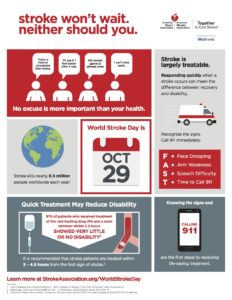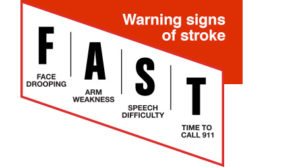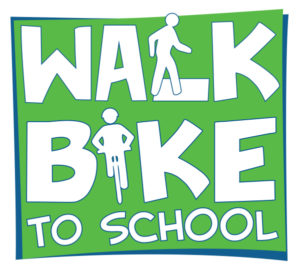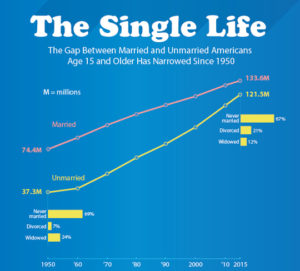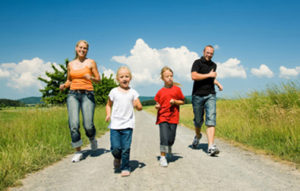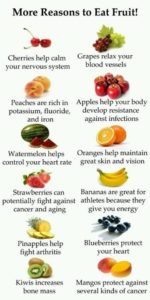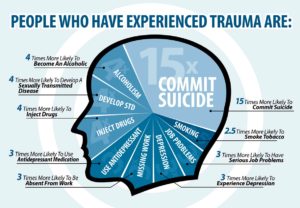“According to the World Instant Noodles Association (WINA), 52 countries consumed 97.7 billion servings last year alone. Among its highest consumers are China and Hong Kong, which together consumed 40.43 billion servings, followed by Indonesia, with 13.20 billion servings consumed. Unsurprisingly, the U.S. is not too far behind with 4 billion instant noodles consumed in 2015.” – http://nextshark.com/
So what are instant noodles? They are noodles that have been deep fried and packaged along with other seasoning packets. With just boiling water, you make a quick meal. It’s delicious of course and very cheap.
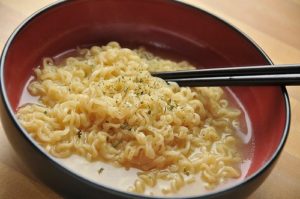
www.healthfitnessrevolution.com/
Instant noodles have the reputation of being convenient, affordable, delicious, and unhealthy. Although it is loved by people throughout the world, it can be bad for your health if consume daily. Here are some reasons why:
- The amount of sodium in a instant noodle pack is a lot more than what you should consume in a meal. Ingesting too much salt can lead one to experience dehydration, damaging the kidneys, and other parts of your body.
- Instant noodles does not offer nutritional value to your body. Most of it is carbs, sodium, and saturated fat.
Like any other junk and fast food, you should consume instant noodles in moderation. You can always add more water to the broth and other veggies to make it a more balance meal. But don’t try to replace your diet with instant noodles and remember to cook your own meals as much as possible.

